Equipment Guide
Technical diving and training is an equipment intensive sport. Taking the right equipment isn’t just about looking cool, it’s imperative to having fun and not getting hurt. We’ve compiled our recommendations for technical diving equipment here, but this isn’t exclusive and we do not recommend blindly purchasing from this list. Give us a call and we’re happy to help you make the best decisions for your goals. The common theme with equipment is the ability to be independent while still being practical.
|
|
|
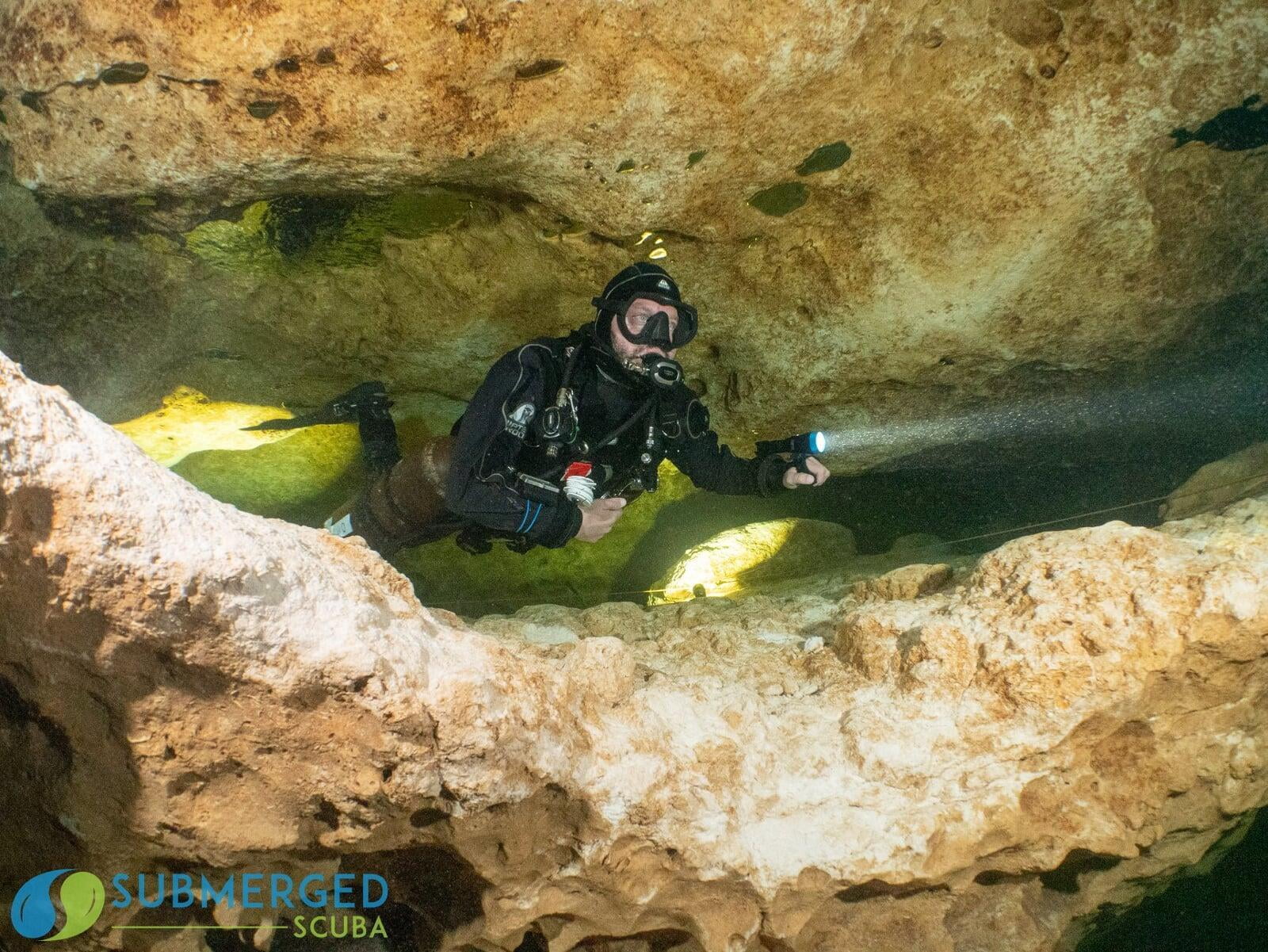
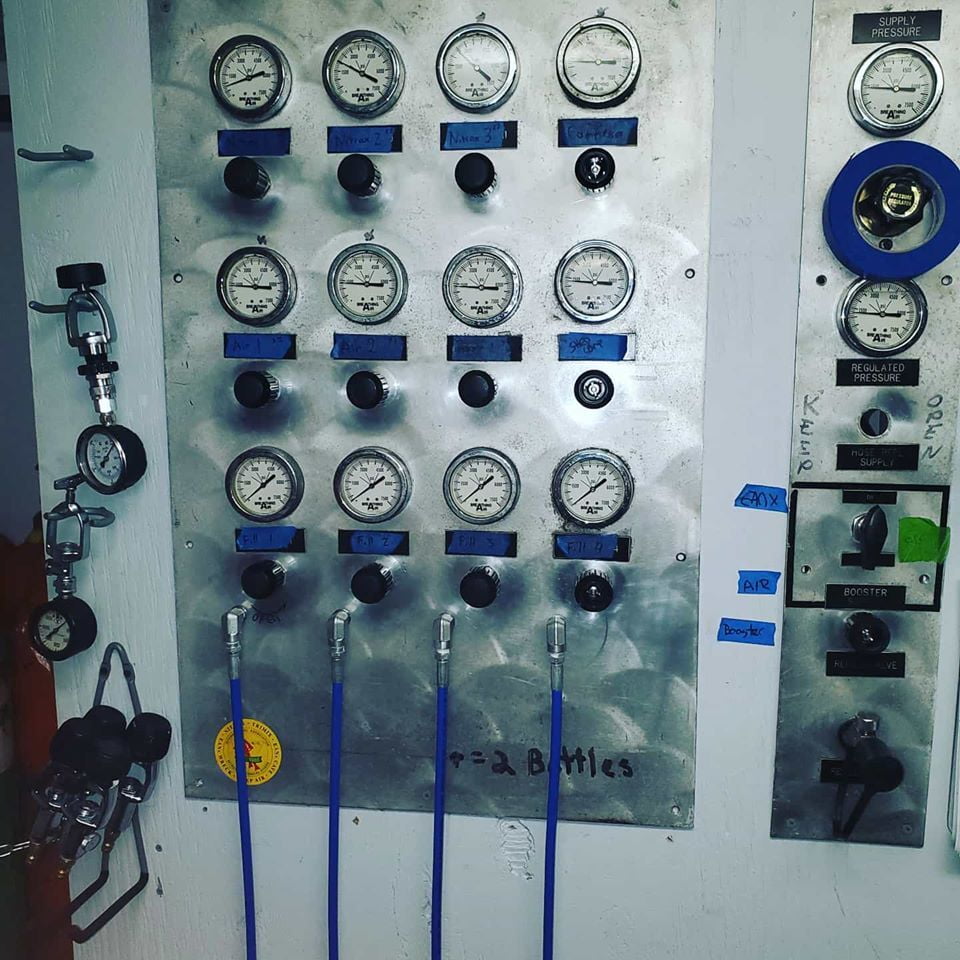
Analyzers
Divers using gases other than air, especially in technical environments, need to be able to test their gas. It may be appropriate to split an analyzer with your team of buddies, or rely on the dive center’s analyzer if you have a “home base” but owning a personal analyzer is your best move. We recommend the Divesoft analyzers for everyone as our training often incorporates helium into most depths past 100ft. If you're on the cheap cheap and not using any helium then a simple nitrox analyzer will do.
Nitrox Analyzer: Analox OIIe2
Trimix Analyzer: Divesoft SOLO
Replacing the sensor, as required, and keeping the analyzer in a safe environment are key for use. We keep our analyzers in UK dryboxes with the necessary items for labeling cylinders, tape and sharpies.
Cameras
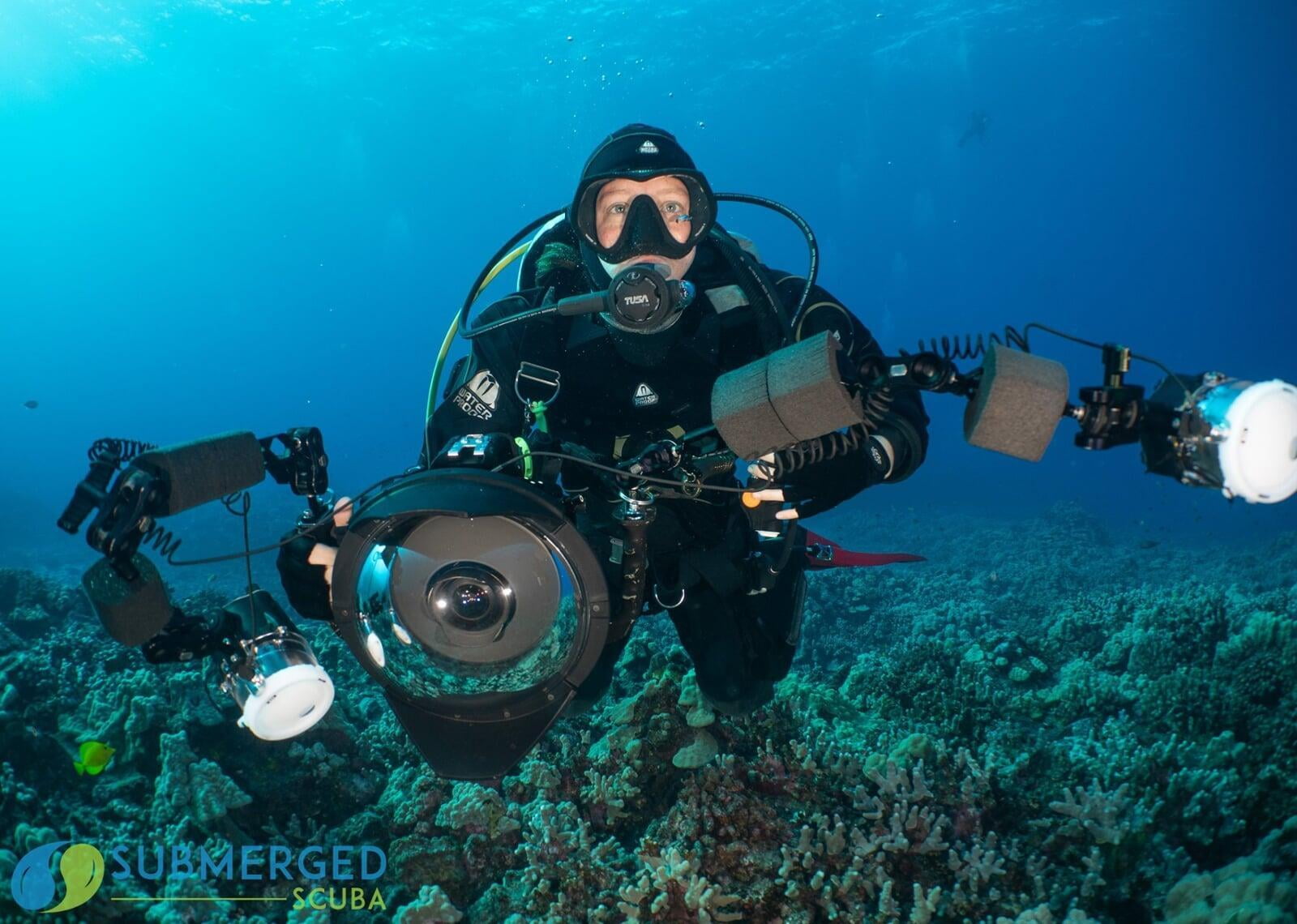
We love the ability to share our adventures with those who don’t dive. Not only does this help inspire a new generation of divers but it’s also challenging and rewarding. For advanced technical diving we suggest plenty of experience at that level before involving a camera - even if it’s a small action camera.
For amateur photographers the Kraken phone housing or Sea & Sea DX-6G are the best choices.
Sea & Sea has all the housing needs for semi pro and pro photographers. We are happy to provide consultation on professional grade housings and lighting solutions on a case-by-case basis.
Compass
The TUSA Compass is perfect for navigation in ocean diving or other open water environments.
For cave survey we use the Suunto M3
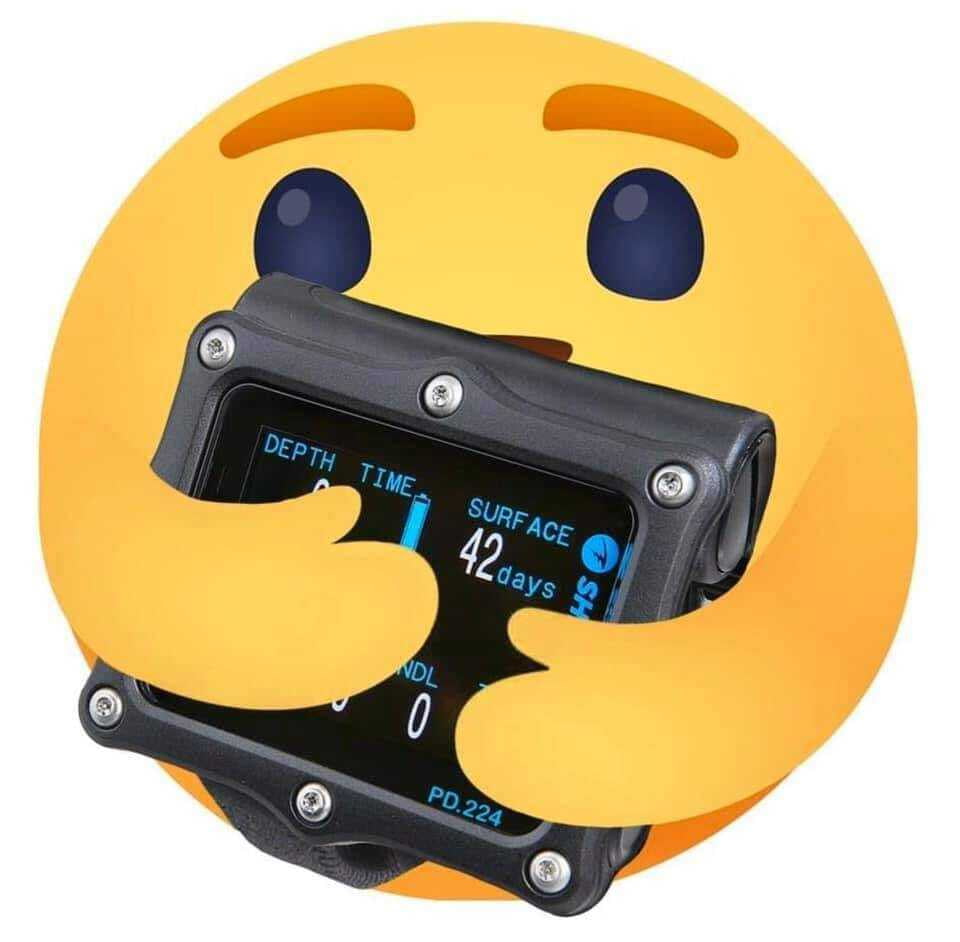
Computers
Essentially all levels of technical diving demand 2 means of monitoring depth, time and decompression. The ability to have multiple gases, adjustable gradient factors, and an easy to read screen make the Shearwater computers, specifically the Petrel and Perdixs, are our choice for technical diving.
Clips
Buying, caring for and replacing clips are a very important aspect of technical diving. Every clip has a purpose and the style and quality need to be considered for every purpose. Cheap clips or the wrong style for the purpose are unacceptable for technical diving. All components need to be rust resistant with smooth function. Our experience has shown that diving specific clips offer the best value for quality.
Large double ender: used for reels, spools and certain accessories. Always have a few spares.
Medium double ender: used to stow accessories.
Small boltsnap: Lights and longhoses.
Medium boltsnap: Stage and deco cylinders. Sometimes used for main sidemount cylinders.
Butterflies: Option for main sidemount cylinders.
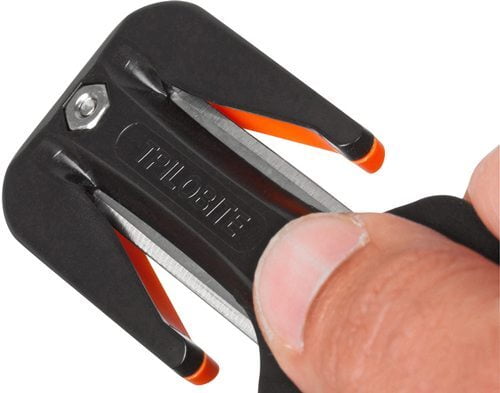
Cutting Devices
All technical divers need to be able to free entanglements.
Eezy Cut’s trilobites are the preferred choice for cave diving.
In some ocean situations a knife is needed. In those situations we carry UK brand knives.
Cylinders
Location, diving style and equipment configuration all dictate cylinder choices.
For Florida cave diving at the Cavern, Intro and Full Cave Level Faber LP85s are the cylinder of choice, for both open circuit and closed circuit bailout.
Deeper or longer dives usually call for Faber LP 104s.
Aluminum 80s and 40s are the preferred choice for decompression and stage cylinders in Florida caves.
For shallower caves and for ocean CCR decompression we use aluminum 80s.
Exposure Protection
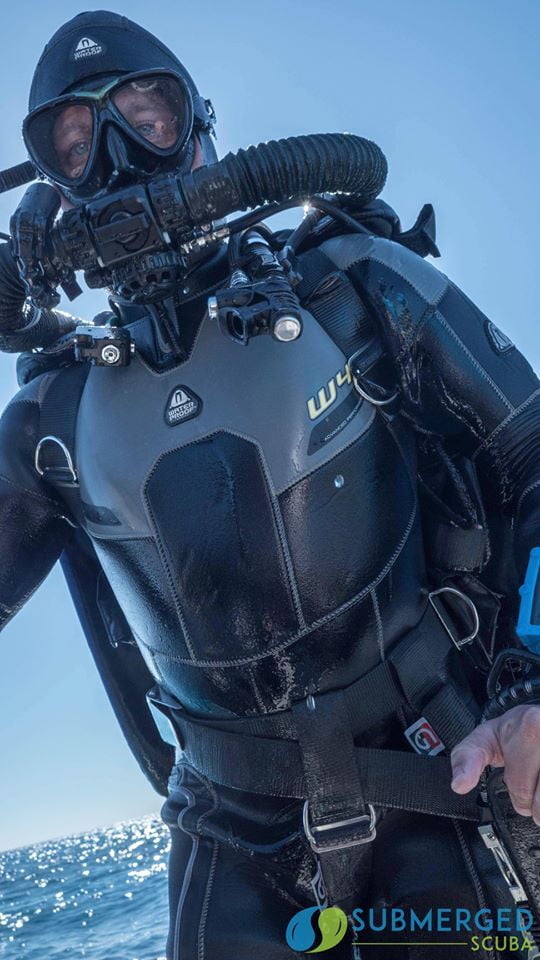
Wetsuits
We travel to "wetsuit weather" as much as possible, and there's nothing out there like waterproof wetsuits. The stretchy and comfy 5mms, easy rashguards, and insanely warm W4s make it the only brand you'll ever need. The W4 is our weapon of choice for technical diving. Even though it may be warm enough to dive in board shorts the buoyancy characteristics and extended time protection of a wetsuit make it a smart choice.
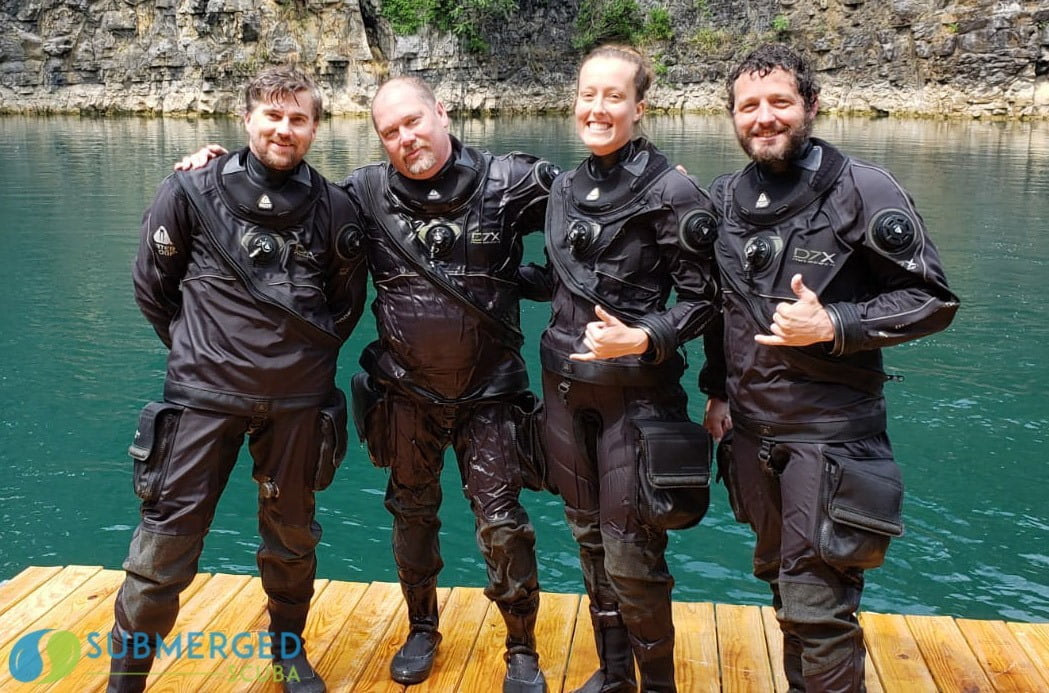
Drysuits
Waterproof’s line of drysuits offer all of the required options and styles for every kind of diving. Check out our guide here.
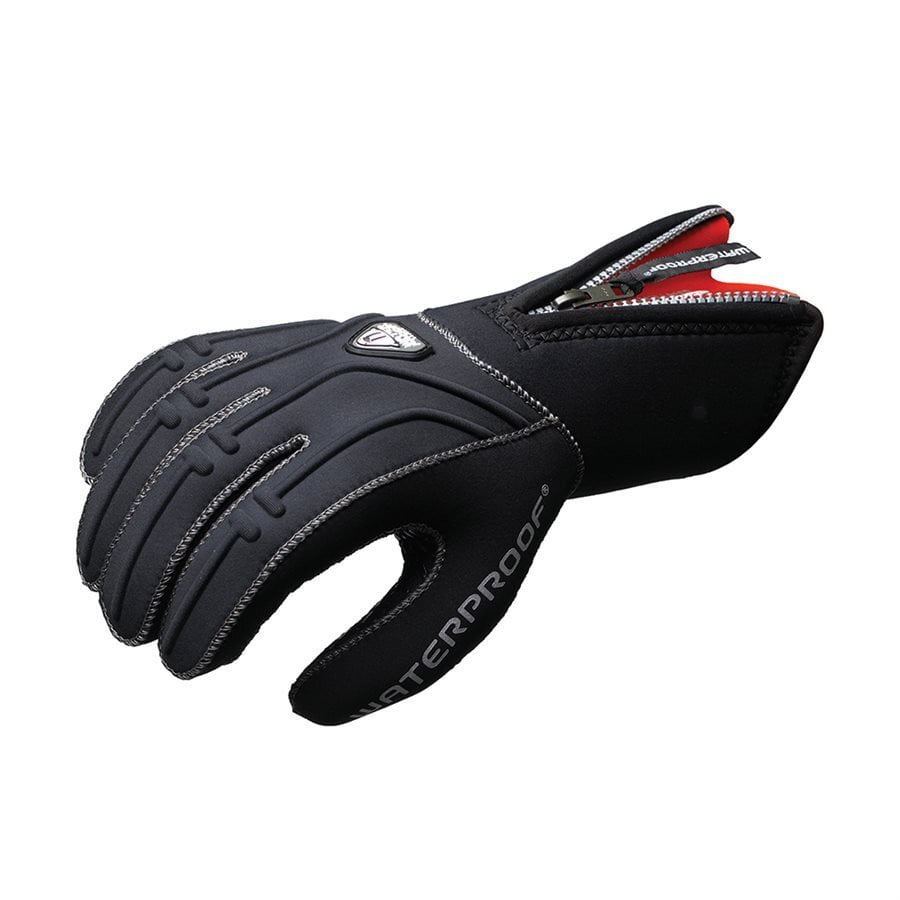
Gloves
Waterproof’s G series offers all the necessary thicknesses for our diving applications. The G1s are appropriate for general ocean applications, and larger thicknesses work work colder area. For extreme cold or long durations the ULTIMA dryglove system is unparalleled.
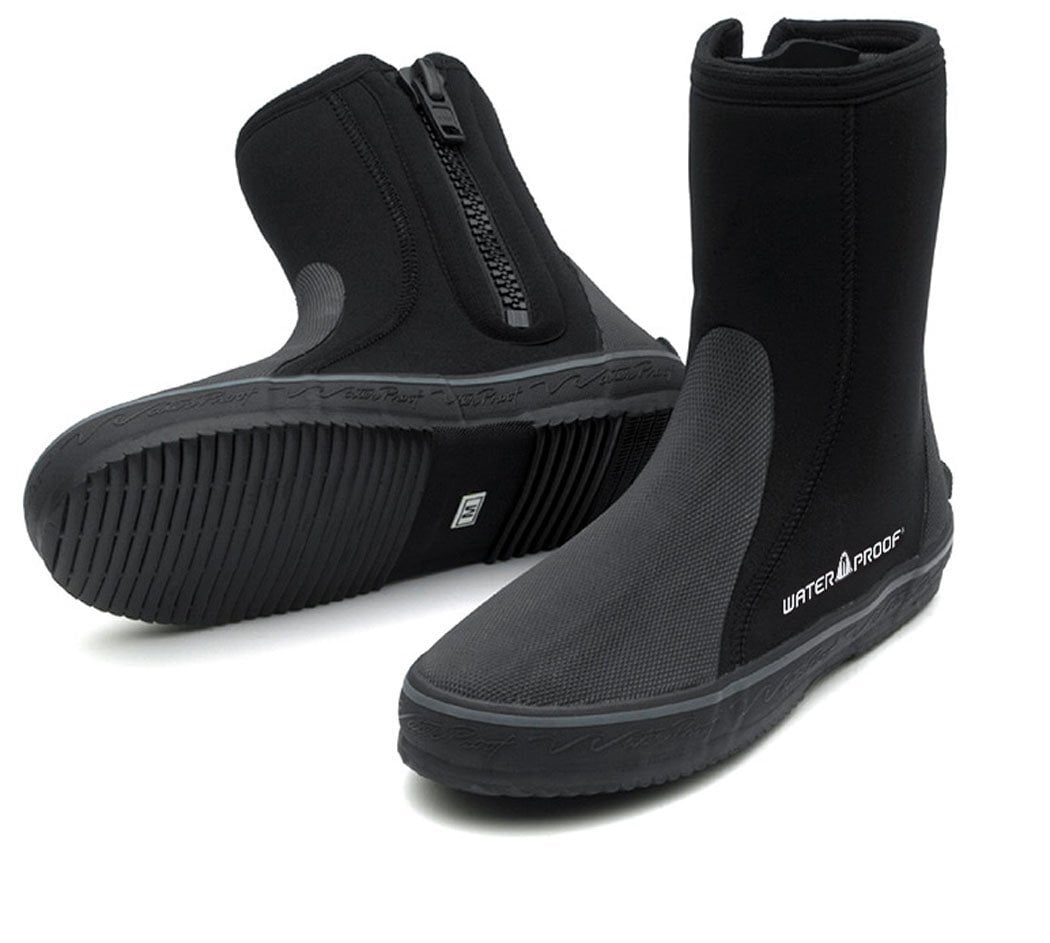
Boots
For wetsuit diving the rugged Waterproof B1 boots are the preferred boot.
When drysuit diving we use the Waterproof B5.
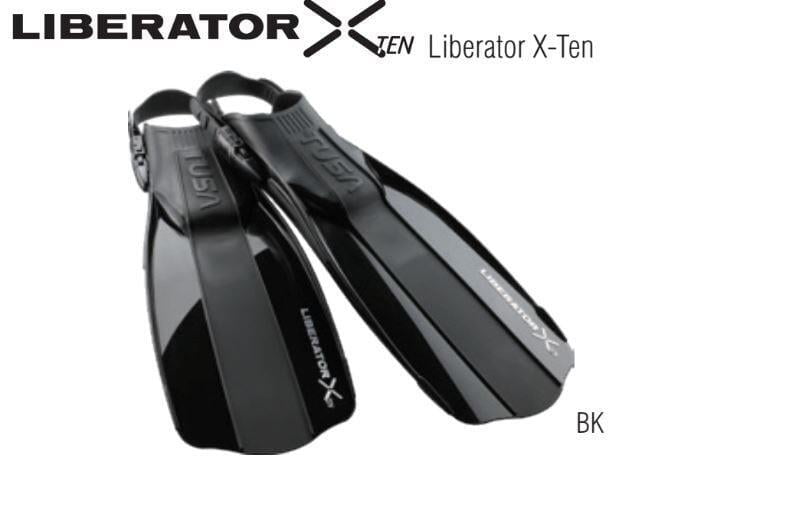
Fins
Propulsion cannot be gimmicked. We stick to fins that provide a comfortable power ratio and accommodate efficient kick styles.
The TUSA liberators are a surprisingly good bargain and less-powerful tech fin.
Dive Rite fins are the premier for most of the configurations and gear styles we use.
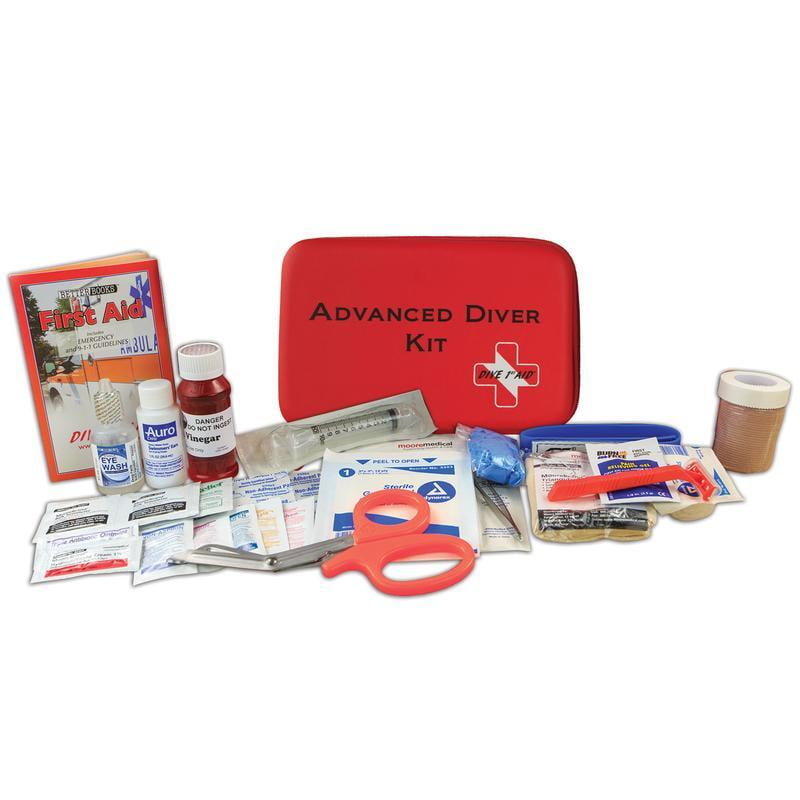
First Aid
Every technical diver is accepting a higher risk going on a dive. We must mitigate that risk with training and preparation before dive. We also must be prepared for an emergency by having first aid supplies, knowing how to use them, and having an emergency action plan.
All people, especially divers should be trained in basic first aid, neurological assessments, and oxygen administration.
- Analyzers
- Boots
- Cameras
- Clips
- Compass
- Computers
- Cutting Devices
- Cylinders
- Drysuits
- Fins
- First Aid, Oxygen, AED
- Gauges
- Gloves
- Harness
- Helmets
- Hoods
- Hoses
- Lights
- Line Markers
- Masks
- Miscellaneous
- Signaling Devices
- Silt stakes
- Slates
- Spare equipment
- Snorkel
- Storage bags, boxes, containers
- Rebreather
- Regulators
- Reels and Spools
- Tools
- Undergarments
- Wetsuits
- Wings
